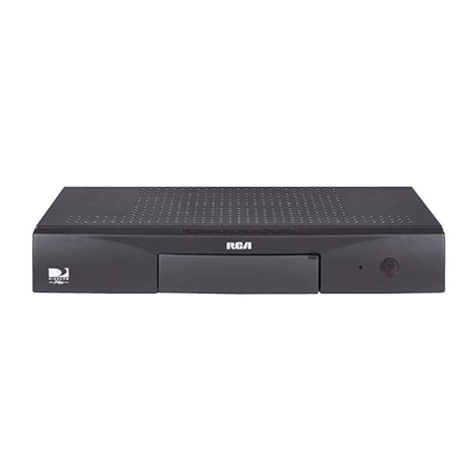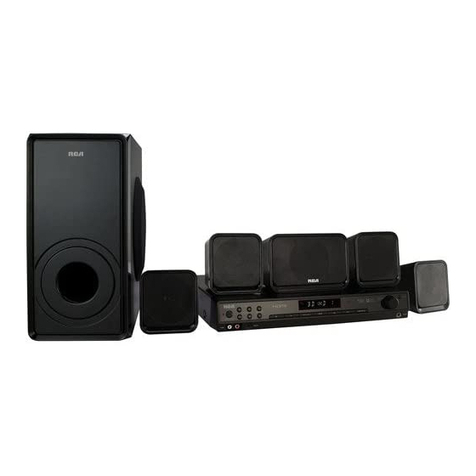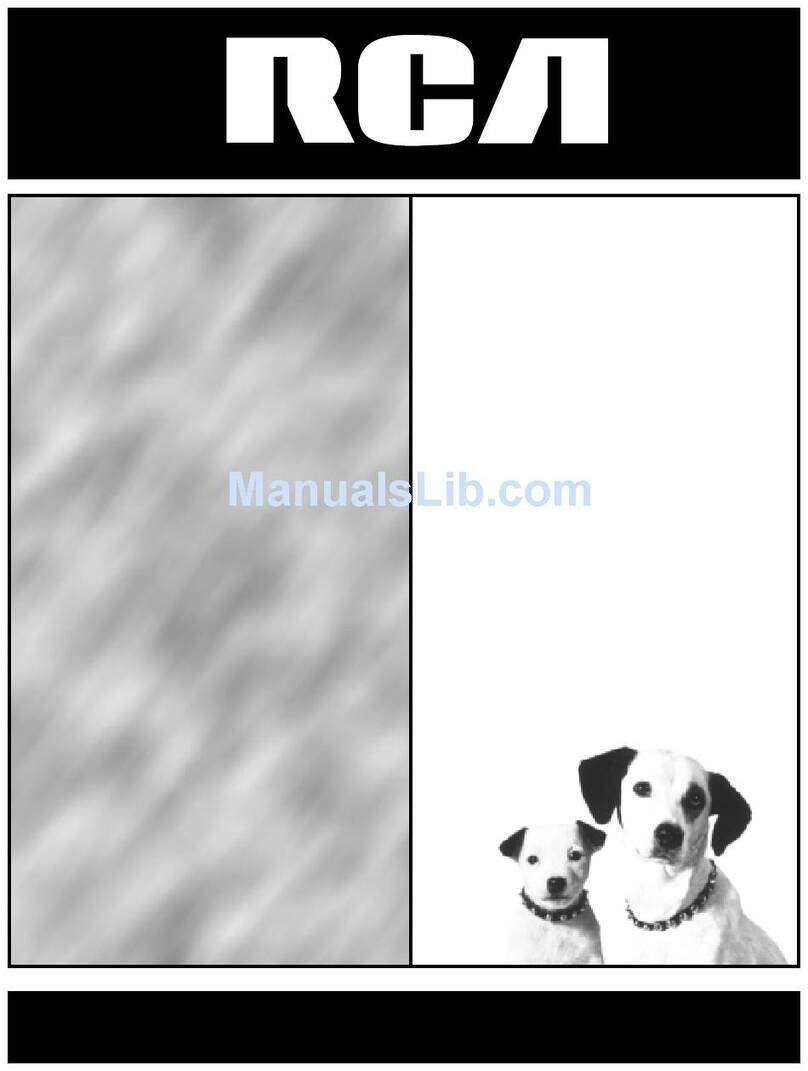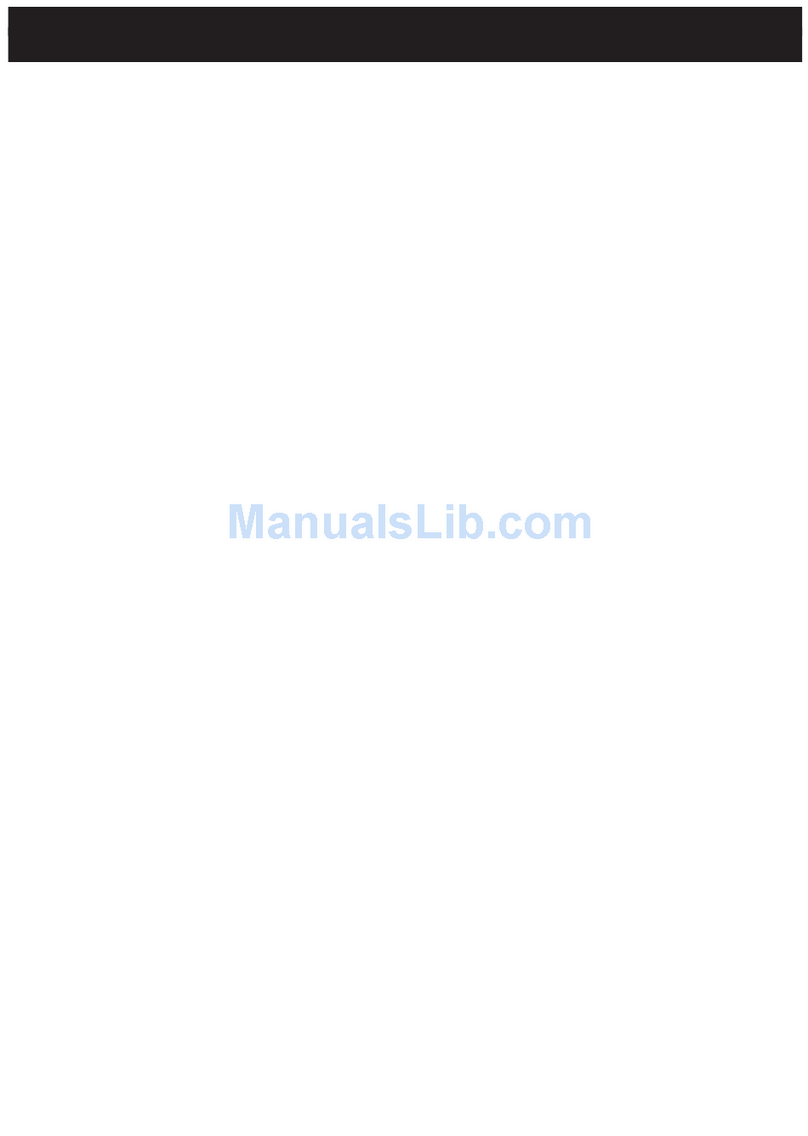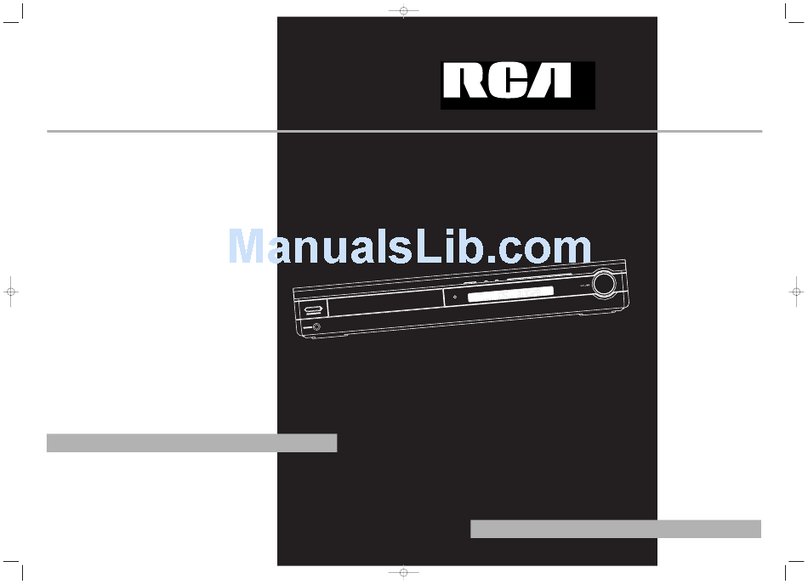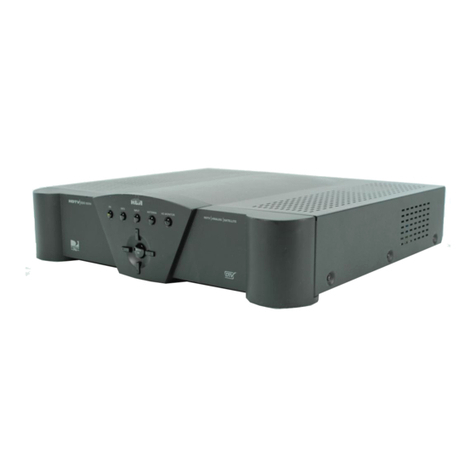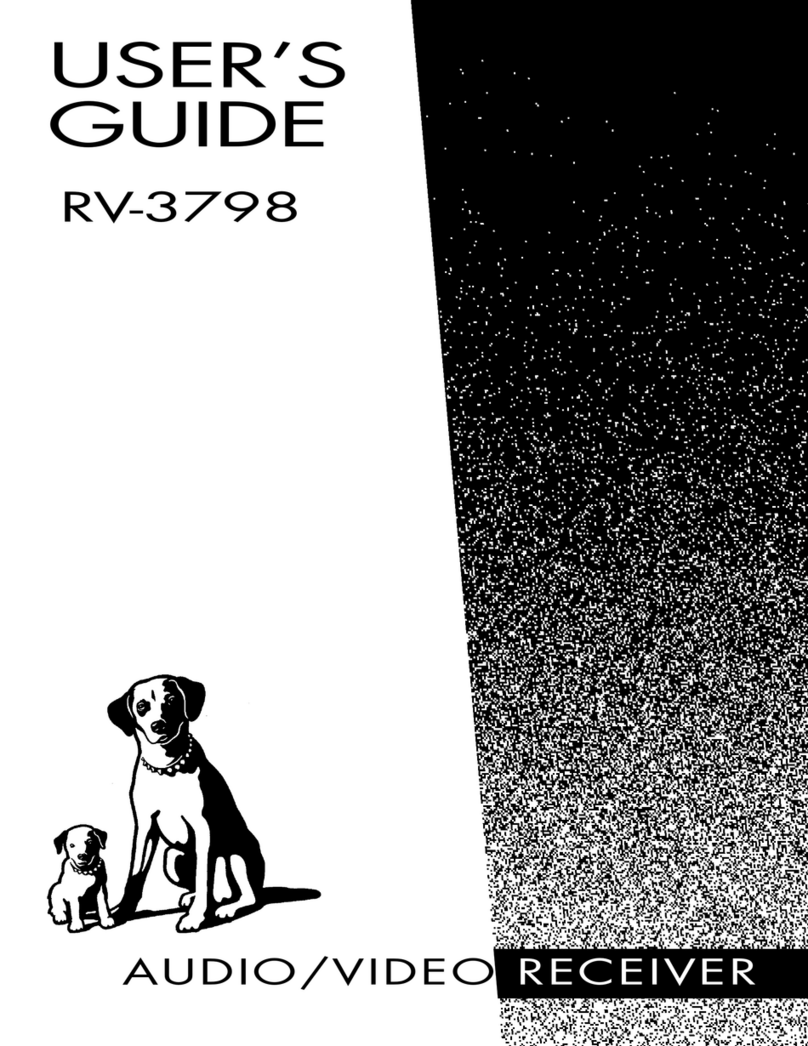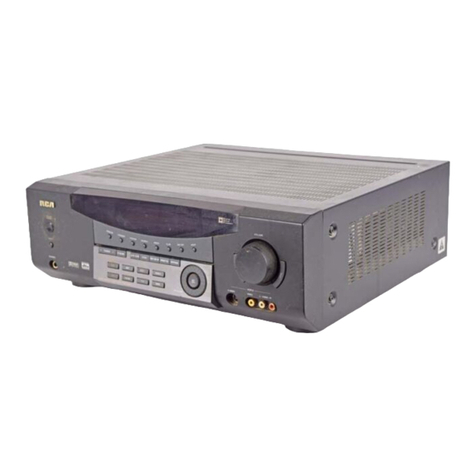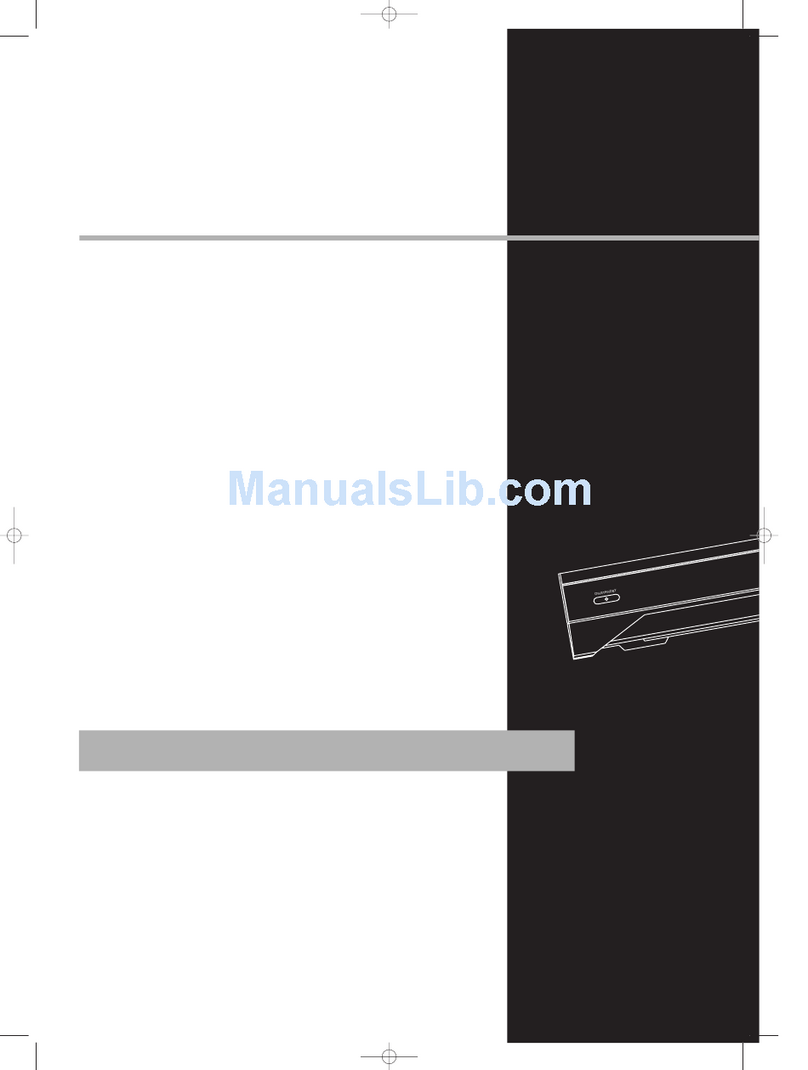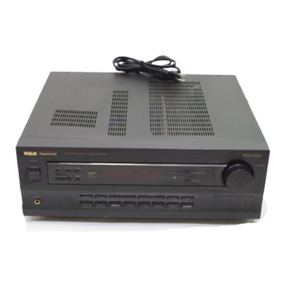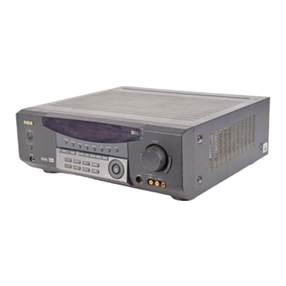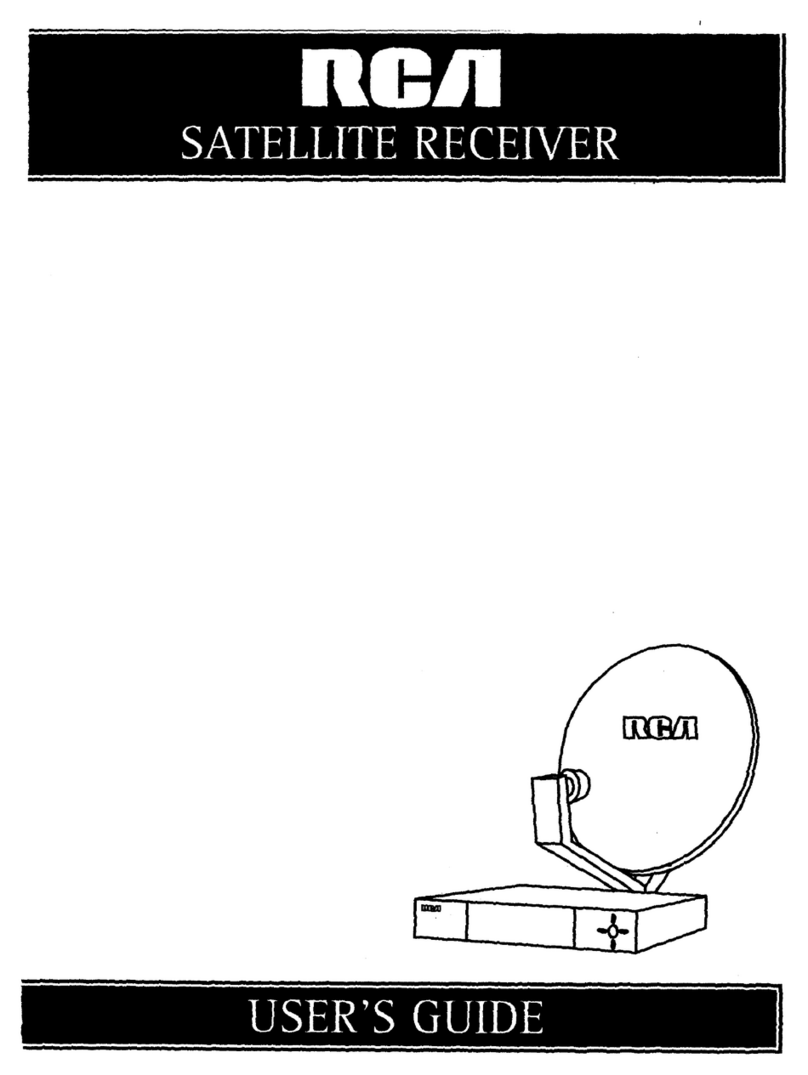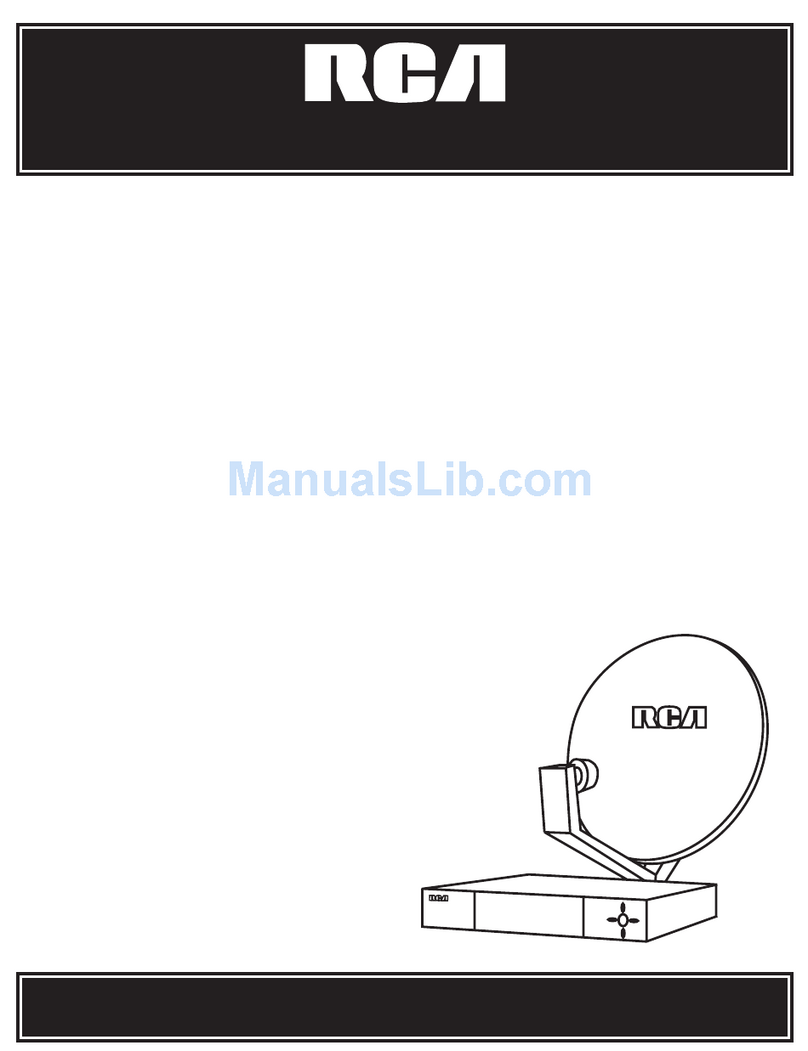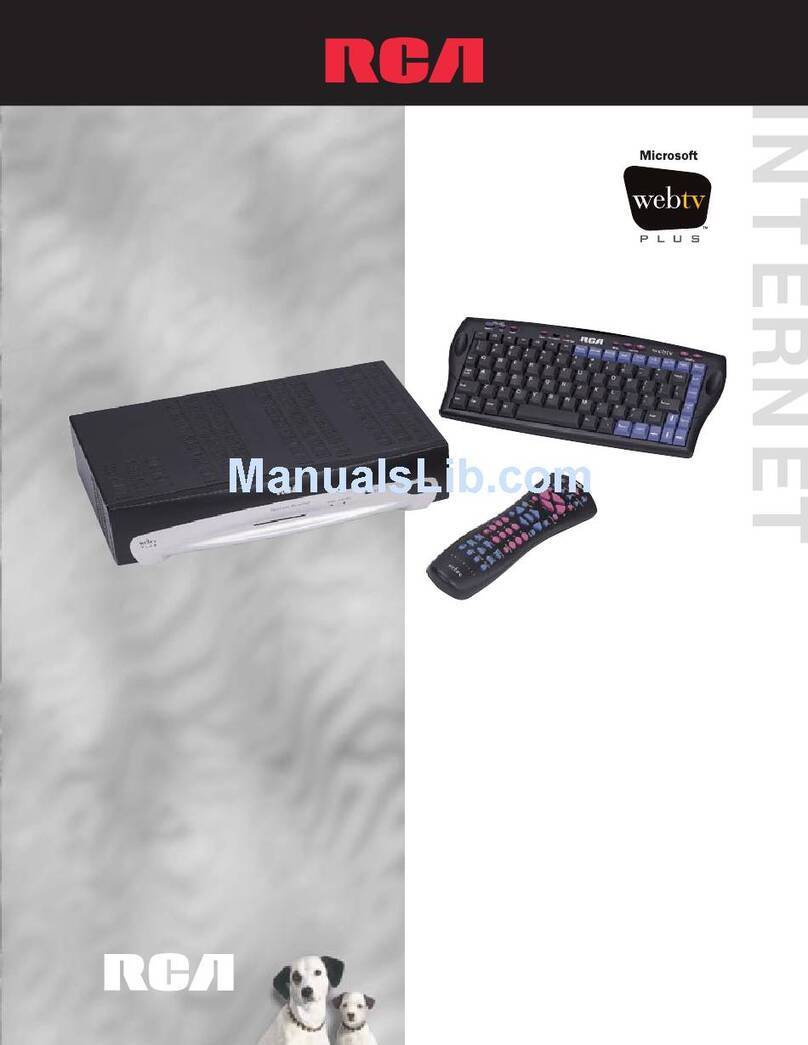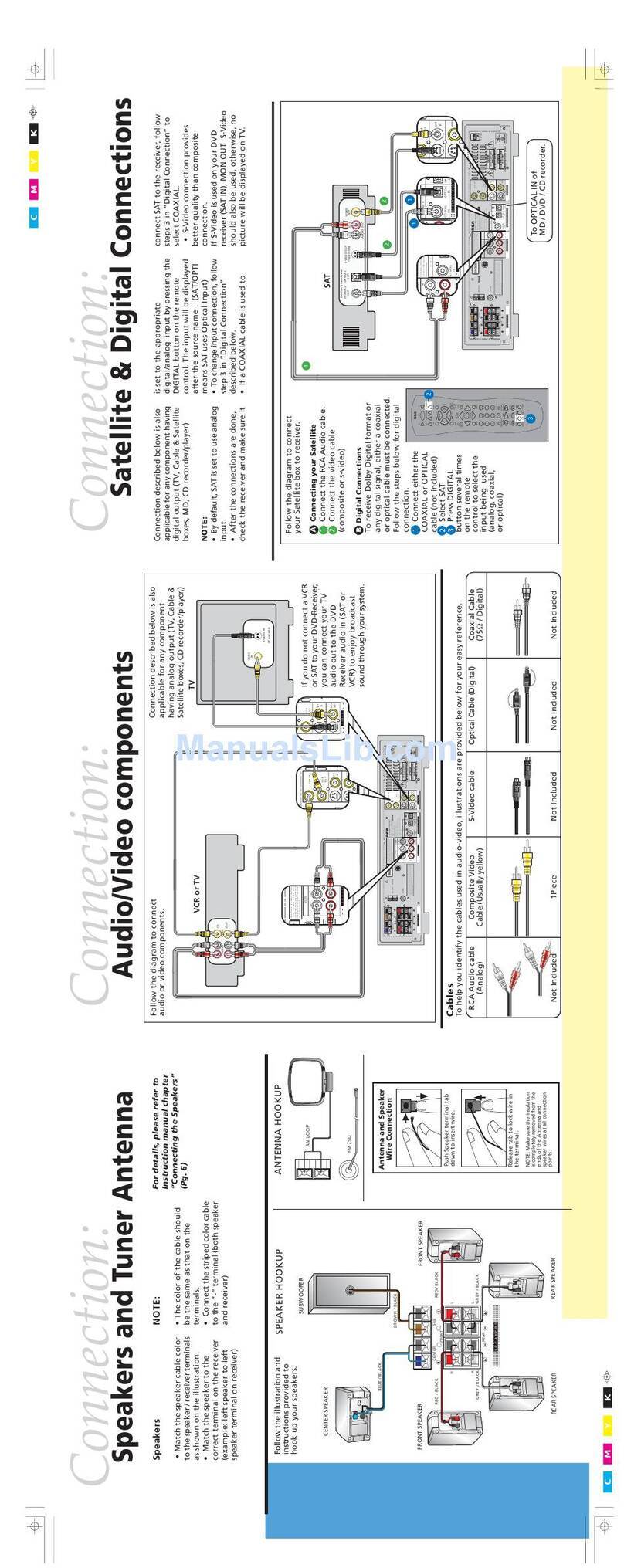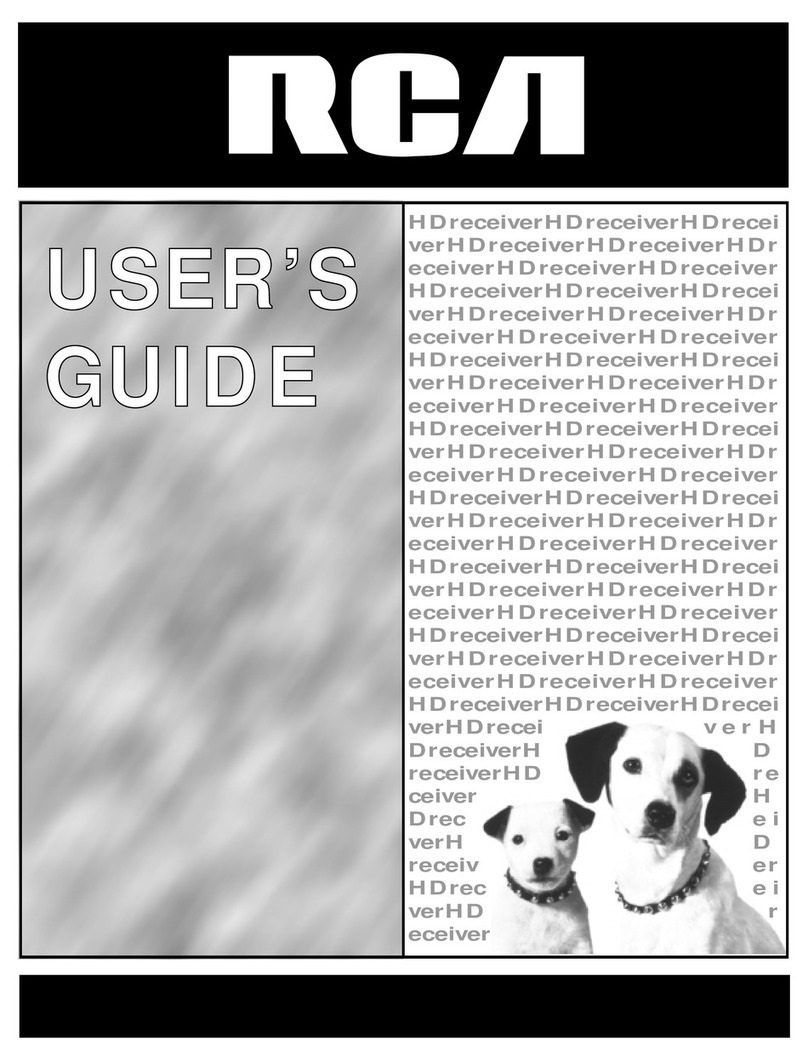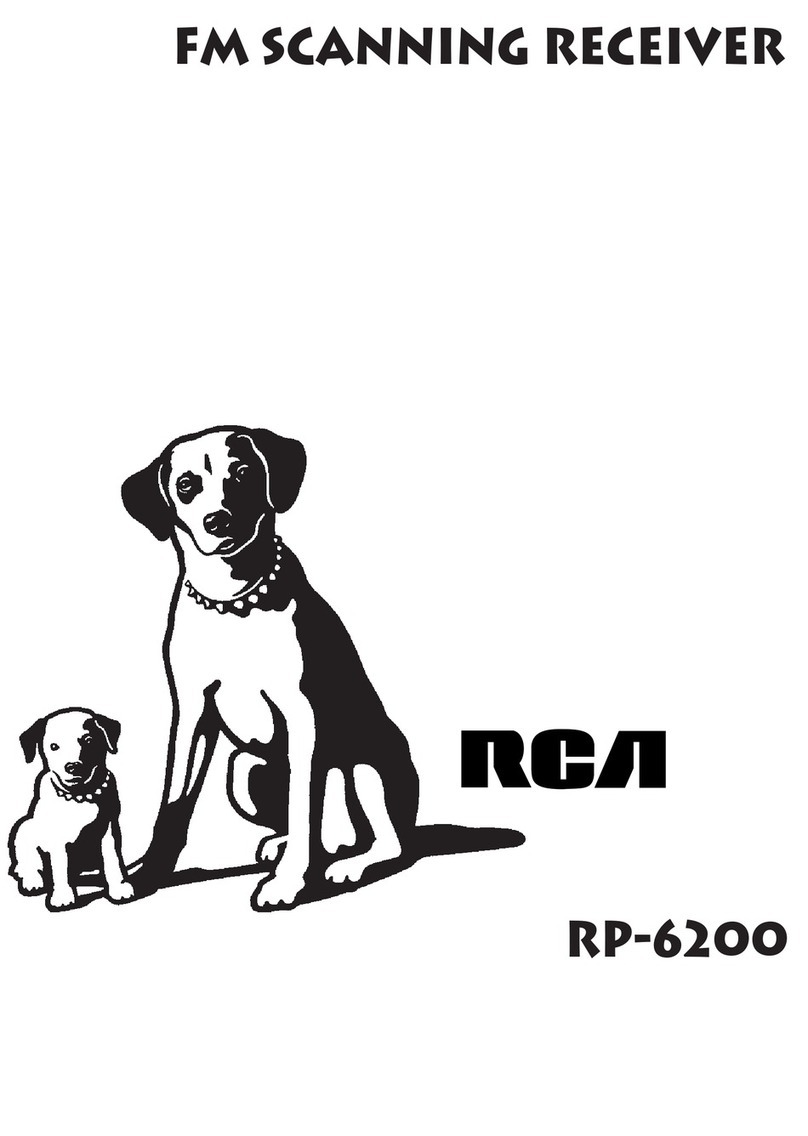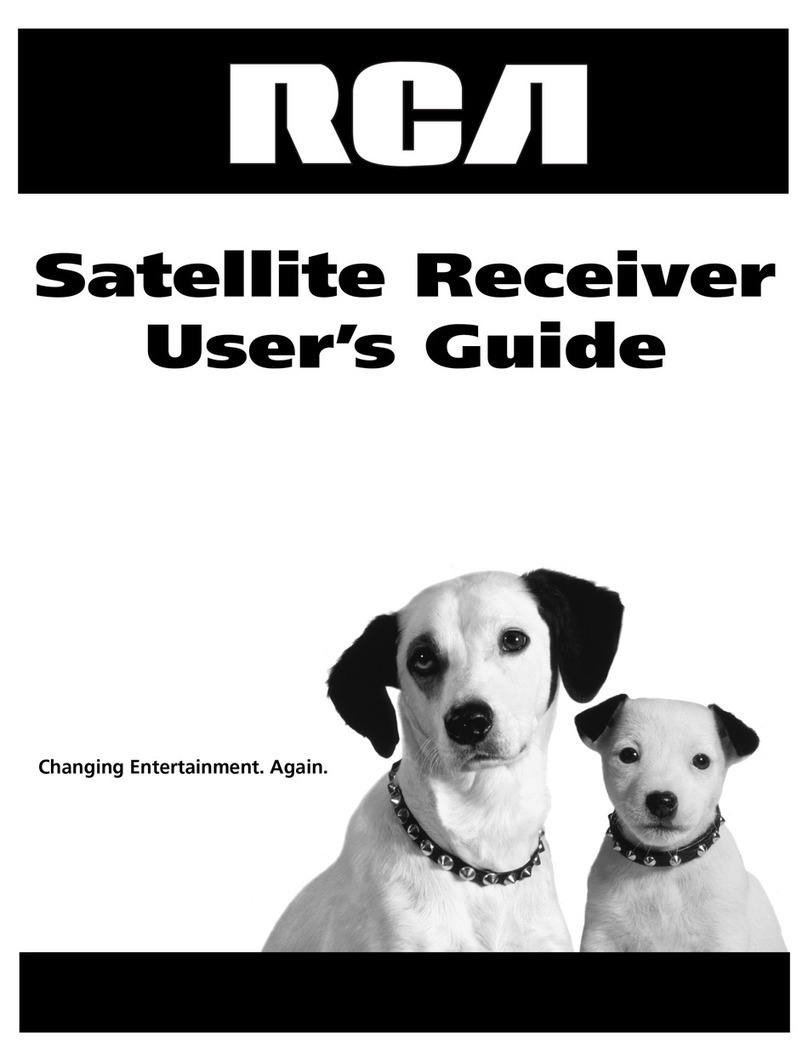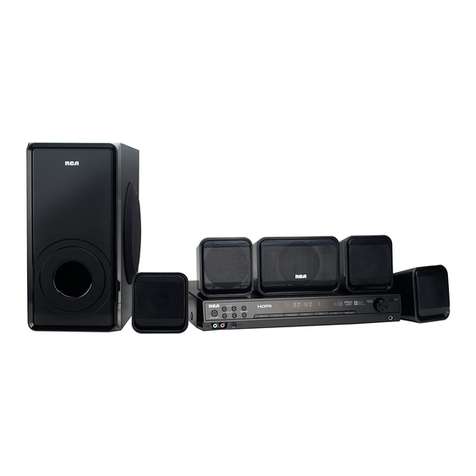
ground depends upon the moisture present in the soil. The ground lead should be con-
nected by means of an approved ground clamp to a section of pipe that has been scraped
and thoroughly cleaned. The connection should be inspected from time to time to make
certain that a clean and tight electrical contact exists between the clamp and pipe.
It is recommended that the service man experiment with various grounds, and employ
the one giving the best results. Radiola 16 is capable of receiving over good distances
when connected to an efficient antenna and a low resistance ground. A poor ground
connection may not be apparent on local reception, but it is an important factor in distant
reception and it may also cause oscillation.
If the results of experiments seem to indicate that a good ground connection is not
possible, the use of a counterpoise is suggested if local conditions permit. A counterpoise
is in effect a second antenna. It should be about six feet above ground, well insulated, of
the same dimensions as the antenna and located directly under it. The counterpoise is
connected to the Radiola in place of the ground connection.
(6) ANTENNA SYSTEM FAILURES
Complaints of swinging signals, or of intermittent reception with probable grating
noises, as distinguished from fading effects, are generally the result of antenna and
ground system failures and to this, therefore, the serviceman should give his first attention.
A grating noise may be caused by a poor battery connection, a poor lead-in connection
to the antenna, or antenna touching some metallic surface, such as the edge of a tin roof,
drain pipe, etc. By disconnecting the antenna and ground leads from Radiola 16 and
noting whether or not the grating continues, the service man can soon determine whether
or not the cause of complaint is within or external to the receiver and plan his service
work accordingly.
(7) RADIOTRON SOCKETS
The sockets in Radiola 16 are of the standard gang UX type. The three-gang
socket is fer the radio frequency amplifiers; the single socket is a cushioned socket for
the detector and the two-gang socket is for the audio frequency amplifiers. Care must be
exercised when inserting Radiotrons in the sockets. A socket contact may not be in its
correct position and forced insertion of a tube will bend or break it. If care is exercised
and the Radiotron inserted gently, little trouble will be experienced with socket contacts.
A bent one will be noticeable on inspection and may be corrected by inserting a narrow
instrument in the socket hole and pushing the contact into its correct position. A badly
bent or broken socket contact must be replaced.
(8) RADIOTRON PRONGS
Dirty Radiotron prongs may cause noisy operation. They should be cleaned oc-
casionally with a piece of fine sand paper. The use of emery cloth or steel wool is not
recommended. Before re-inserting Radiotrons in the sockets, wipe the prongs and base
carefully to make certain that all particles of sand are removed.
In placing Radiotrons in the gang sockets care should be exercised to make certain
that the two large pins and two small pins of the Radiotrons match the socket holes.
If a Radiotron will not fit into a socket without considerable pressure being applied, the
trouble is probably due to excessive solder on one or more of the prongs. This may be
removed with a file or knife. Never try to force one in. These sockets are so designed
that the prongs of the Radiotrons will fit in snugly without force being applied. If
sufficient force is applied it might be possible to insert the prongs in the wrong holes,
resulting in a filament burnout.
8
www.americanradiohistory.com
